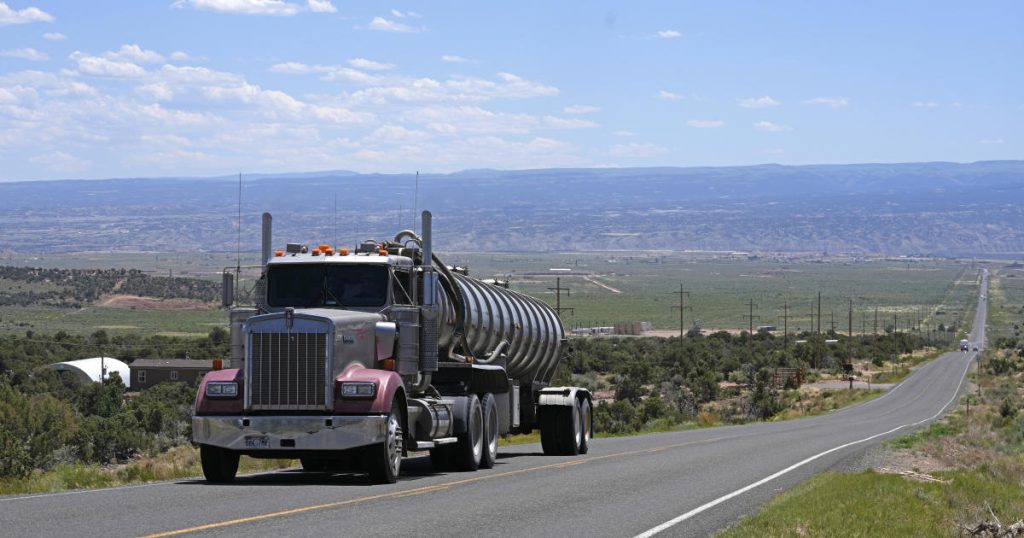The Environmental Protection Agency has implemented new emissions standards for heavy-duty trucks, buses, and other large vehicles, set to take effect for model years 2027 through 2032. These standards are aimed at reducing greenhouse gas emissions and providing significant health and economic benefits for Americans living near freight routes. EPA Administrator Michael Regan emphasized the importance of reducing emissions from heavy vehicles to improve air quality, lower costs for operators, and create healthier communities. The rules for heavy trucks and buses follow new automobile emissions standards for passenger vehicles, with a focus on advancing electric and non-traditional technology in the industry to meet strict targets.
The new emissions rules require a significant shift toward electric vehicles in the industry, with projections suggesting that 56% of new passenger vehicle sales need to be electric by 2032 to meet the limits. The rules for heavy trucks are more complex, with varying requirements for different types of vehicles. Despite the benefits of cleaner air and reduced emissions, industry groups have expressed concerns about the feasibility of meeting these standards with current technology. They have criticized the lack of infrastructure for electric vehicles and the potential impact on smaller trucking companies, predicting supply chain failures and economic challenges as a result of the new rules.
The American Petroleum Institute and other industry groups have criticized the new standards, arguing that they limit consumer choices and favor zero-emission vehicles over other fuel-based technologies. The groups have raised concerns about the practicality and achievability of the post-2030 targets set by the EPA, calling for the rule to be overturned by Congress or challenged in court. Despite these objections, the EPA has designed the limits to give truck owners a range of powertrain options, including advanced combustion vehicles, hybrids, and electric and hydrogen fuel cells, to meet the environmental goals set by the agency.
The EPA estimates that the new emissions limits will result in significant cost savings for truck operators, totaling $3.5 billion in fuel and other costs from 2027 to 2032. These savings are expected to offset the initial investment in new, cleaner vehicles within two to four years. The rules are also expected to bring immediate health benefits to communities impacted by heavy truck traffic, reducing pollution and improving air quality. The implementation of these standards is seen as a crucial step in the fight against climate change and the transition toward a zero-emission future for heavy-duty vehicles, as emphasized by experts and environmental advocates.


